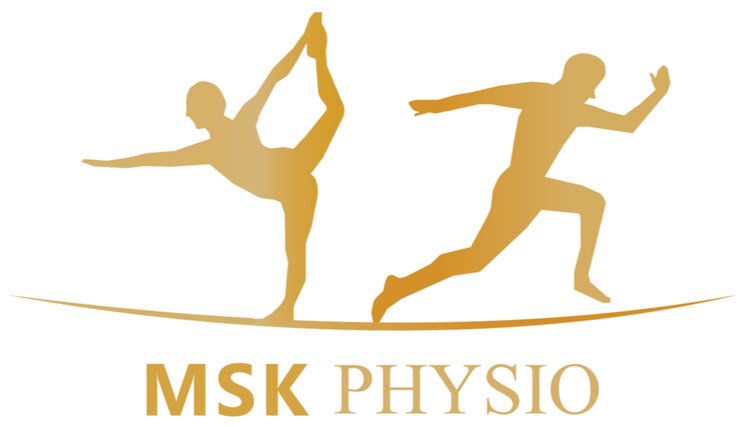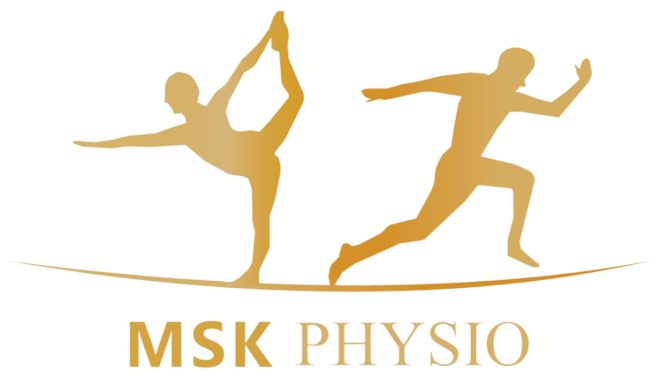Stretching vs Strengthening: Research Reveals What Works Best
The BIG question, should I Stretch or Strengthen?
Stretching and strengthening are two fundamental approaches used to manage pain, restore function, and reduce injury. But which one is more effective? The answer, backed by current evidence, depends on the condition, goals of therapy, and the individual. In this blog post, we'll explore the roles of stretching and strengthening in rehabilitation, common myths, and present what current research says about each.
What Are Stretching and Strengthening?
Stretching involves elongating muscles, tendons and soft tissue to promote flexibility, joint range of motion (ROM), and muscle relaxation.
Strengthening involves exercises designed to increase muscle power, endurance, and stability, which are crucial for maintaining posture and performing daily or athletic activities.
Key Takeaways Following The Research:
Don’t rely on stretching alone for long-term pain relief.
Ideal to use dynamic stretches before exercise and static stretches after.
Prioritise strengthening, especially if dealing with joint instability, chronic pain, or recovering from injury.
Work with a qualified physiotherapist to tailor exercises to your condition and stage of healing.
Stretching: When and Why?
Common Benefits:
Improves flexibility and ROM
Reduces muscle stiffness
May improve circulation and muscle coordination
Often used pre/post-exercise
Evidence-Based Insights:
Stretching alone does not reduce injury. A 2004 Cochrane review by Herbert & Gabriel found no strong evidence that regular stretching prevents muscle soreness or reduces injury risk.
Dynamic stretching before activity may improve performance, while static stretching pre-exercise can reduce strength temporarily (Behm & Chaouachi, 2011).
For conditions like adhesive capsulitis (frozen shoulder), gentle passive stretching combined with joint mobilizations is effective in improving mobility (Page, 2010).
Clinical Takeaway: Stretching has its place, in improving ROM and reducing stiffness in conditions like postural dysfunction or after immobilisation—but often insufficient on its own.
Strengthening: More Than Just Muscle Gains
Common Benefits:
Enhances muscle tone and joint stability
Reduces risk of injury, especially in the elderly
Improves function in musculoskeletal disorders
Important in post-surgical rehabilitation
Evidence-Based Insights:
Chronic low back pain: A meta-analysis (Searle et al., 2015) found that strengthening exercises were more effective than stretching in reducing pain and disability.
Knee osteoarthritis: Strength training improves pain and physical function more than flexibility exercises alone (Fransen & McConnell, 2008).
Tendinopathies (e.g., Achilles, patellar) respond better to eccentric strengthening than passive interventions or stretching alone (Alfredson et al., 1998).
Clinical Takeaway: Strengthening is often the cornerstone of rehabilitation, especially for long-term recovery and injury prevention.

